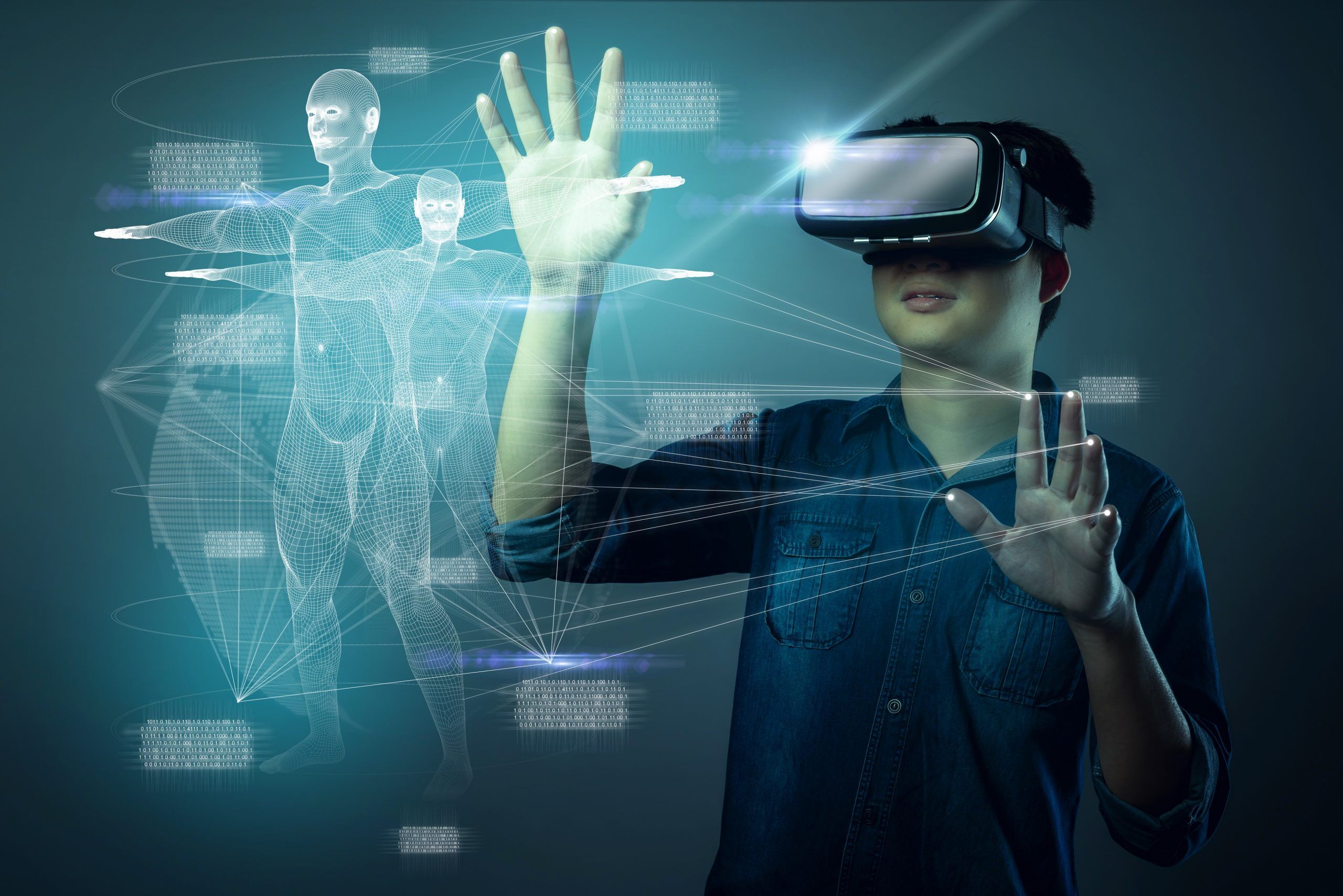The Impact of Virtual Reality (VR) and Augmented Reality (AR) in Libraries

Virtual Reality (VR) and Augmented Reality (AR): The Basics
Before delving into their applications in libraries, let’s define VR and AR:
Virtual Reality (VR) immerses users in a computer-generated environment, often through headsets, providing a fully immersive and interactive experience in a virtual world.
Augmented Reality (AR) overlays digital information in the real world, typically viewed through smartphones or AR glasses, enhancing the user’s perception of their surroundings.
Applications in Libraries:
- Virtual Tours and Storytelling
VR is an excellent tool for offering virtual tours of libraries, archives, and historical sites, allowing users to examine these spaces from the comfort of their homes. Also, libraries are leveraging VR to create immersive storytelling experiences. Through VR, users can step into the worlds of classic literature, historical events, and more, enhancing their understanding and engagement with content.
Source: VR Storytelling in Libraries
- Interactive Learning and Education
VR and AR are valuable assets in educational programs and library initiatives. They provide interactive learning experiences that cater to various learning styles. For instance, students can explore virtual biology labs, historical reenactments, or language learning in an engaging and interactive manner.
Source: AR and VR in Education
- Access to Special Collections and Archives
AR applications are helping users access special collections and archives. By scanning historical documents or photographs, AR can provide additional context, explanations, or translations, making these resources more accessible and informative.
Source: Augmented Reality for Archives
- Enhancing Library Orientation
Libraries are using AR to enhance orientation for newcomers. By scanning specific locations or objects in the library, users can access relevant information, directions, or library guidelines. This simplifies the navigation process and makes libraries even more user-friendly.
Source: Augmented Reality for Libraries
- Gamification for Engagement
Libraries are incorporating VR and AR games and challenges to engage users. These interactive games promote information literacy, critical thinking, and problem-solving skills while making learning fun and interactive.
Source: Library Gamification with AR
The Impact of VR and AR in Libraries:
The integration of VR and AR in libraries has a profound impact on both the library environment and the user experience:
- Increased Engagement and Retention
Immersive technologies like VR and AR capture users’ attention and facilitate active participation. This increased engagement leads to better retention of information and a more positive learning experience.
- Accessible Learning
VR and AR break down geographical and physical barriers, allowing users to access resources and educational content remotely. This is especially beneficial for users with disabilities, as it provides new avenues for learning and engagement.
- Preservation and Contextualization
AR can enhance the preservation of historical documents and artifacts by providing contextual information and translations. This guarantees the longevity and accessibility of invaluable resources.
- User-Centered Services
VR and AR technologies supply libraries with tools to personalize the user experience. By tailoring content and services to individual needs, libraries become more user-centered and responsive.
- Encouraging Creativity and Innovation
The integration of these technologies encourages creativity and innovation in libraries. Librarians and educators are exploring new ways to use VR and AR to support research, education, and community engagement.
Challenges and Considerations:
While VR and AR present numerous benefits, their implementation in libraries comes with challenges:
- Cost and Resources
The initial investment in hardware, software, and expertise can be a barrier for many libraries. Ongoing maintenance and updates also require resources.
- Training and Expertise
Librarians and staff may need training to effectively utilize VR and AR. Expertise in content creation and management is crucial for successful integration.
- Privacy and Ethical Concerns
Privacy issues may arise, especially with VR, as it can collect data on user behavior. Libraries must have transparent policies in place to address these issues and concerns.
- User Acceptance
Not all patrons may be familiar with or comfortable using VR and AR technologies. Libraries need to provide support and training to ensure broad user acceptance as well as have traditional services remain available.
Virtual Reality (VR) and Augmented Reality (AR) are revolutionizing libraries, making them more engaging, accessible, and user-centered. These technologies provide new ways to access information, learn, and engage with historical collections. While challenges exist, the benefits of VR and AR in libraries are substantial, and their integration represents a step forward in expanding the role of libraries in the digital age. As libraries continue to embrace these technologies, they ensure that they remain vital institutions for education and knowledge dissemination in our rapidly evolving world.
